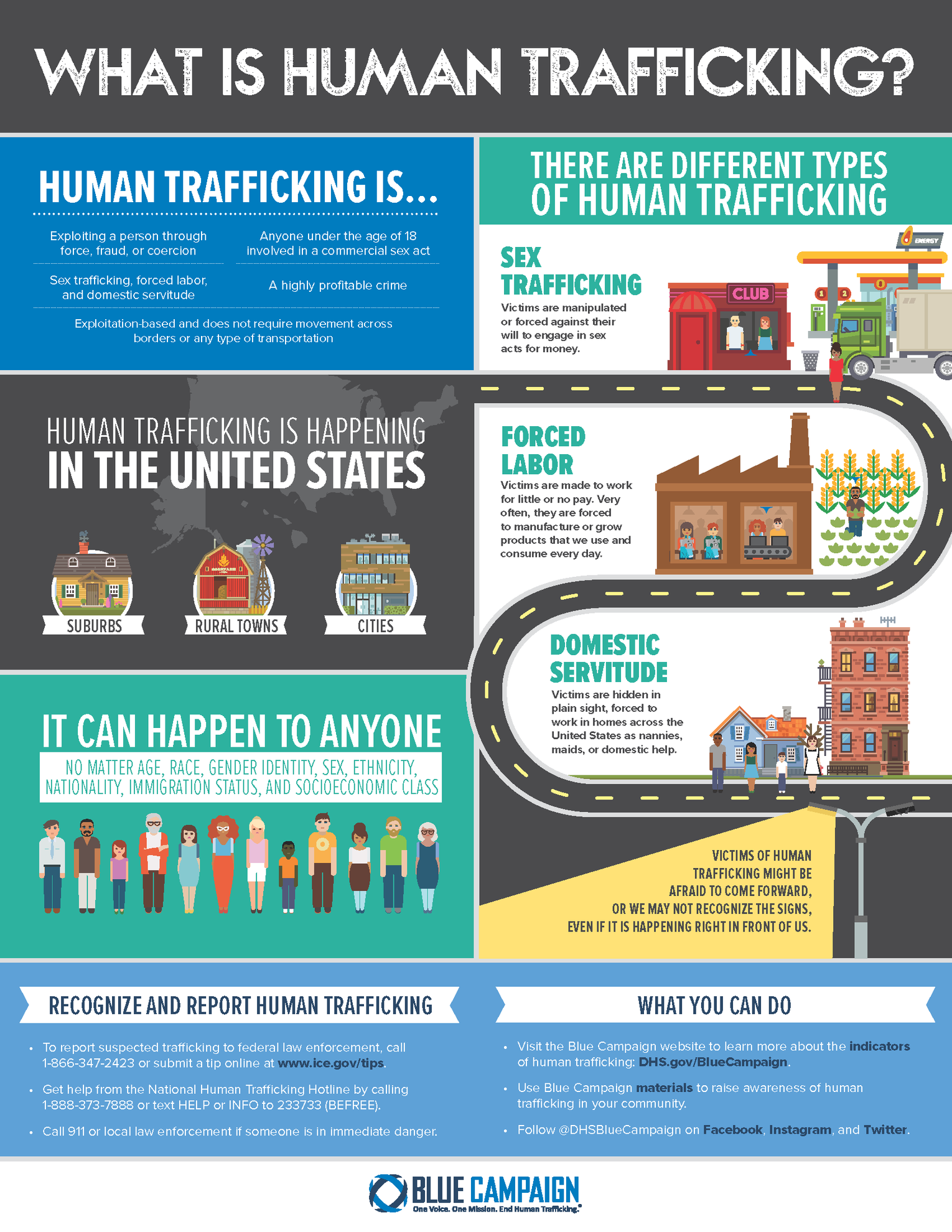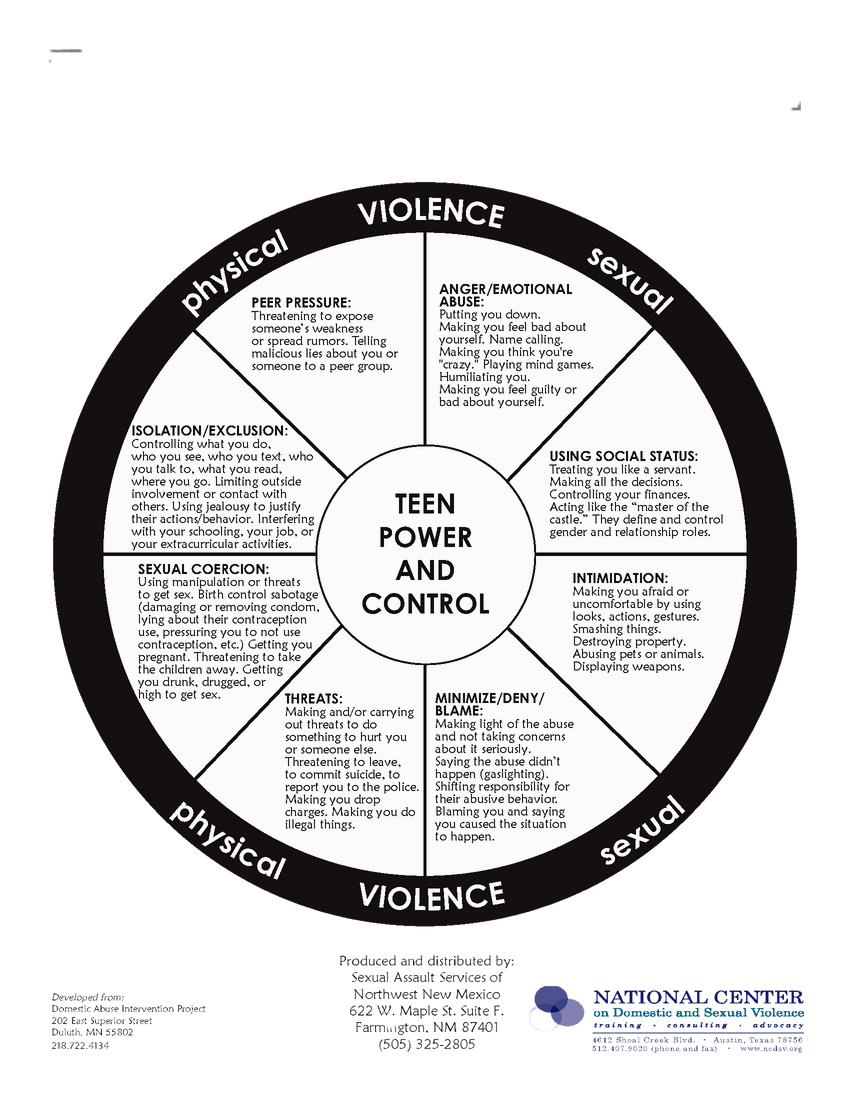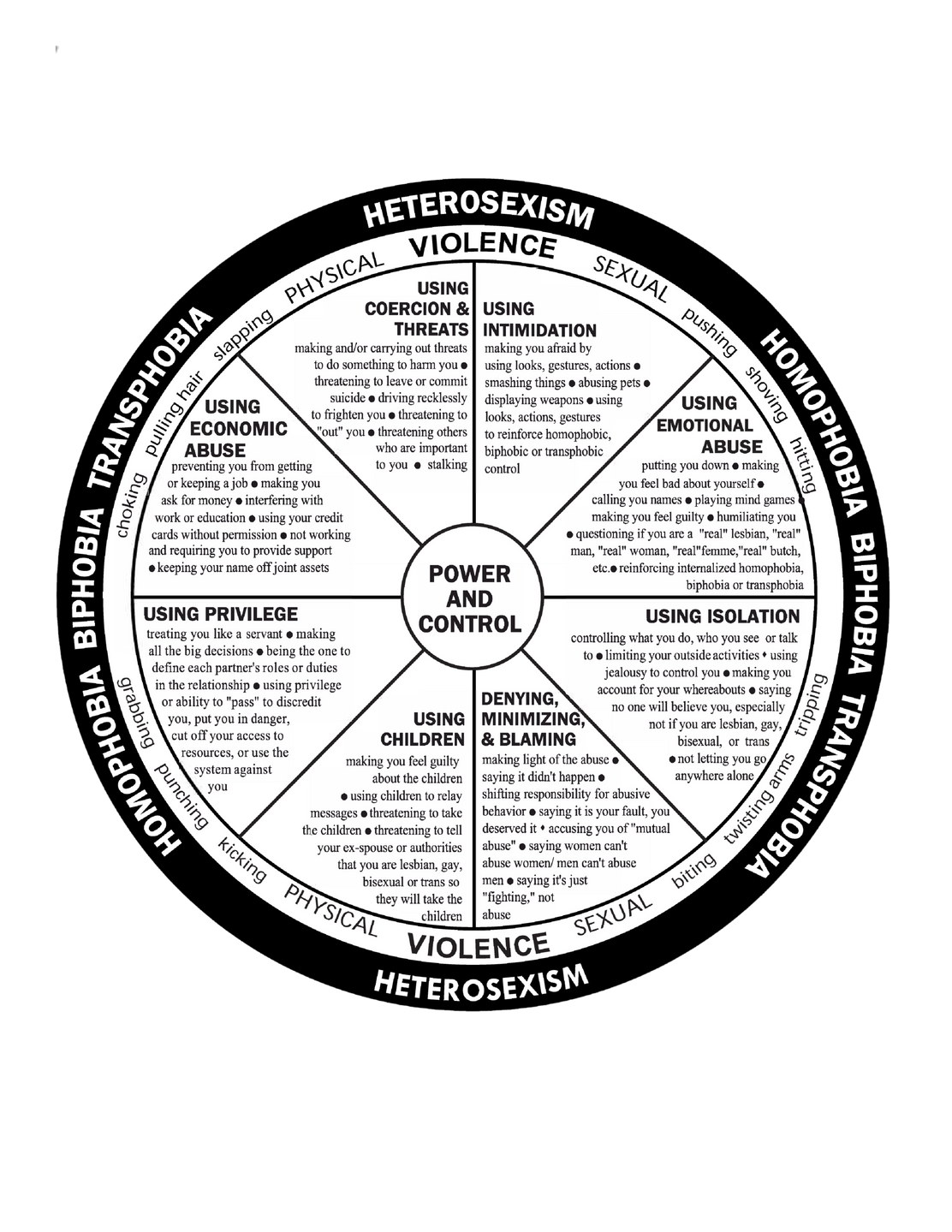Sexual Assault Services of Northwest New Mexico
24/7 Hotline: 505-326-4700
Curriculum Resources
menu button above to navigate the site
Click on the
ALR Worksheet Review
Click the button below to access the review slides:
Education is the best way to provide communities with the tools to prevent and respond to sexual abuse. For inquiries or concerns about “Ask. Listen. Respect,” please contact:
Sexual Assault Services of
Northwest New Mexico’s
Prevention Education Coordinator
505-325-2805
Hotline Resources
Child (<18 years) Abuse and Neglect Reporting: New Mexico Statewide Central Intake
Every person who knows or has reasonable suspicion that a child (under the age of 18) is being abused or neglected in New Mexico must report the matter immediately to CYFD’s Statewide Central Intake child abuse hotline. Reports can be anonymous if preferred.
For life-threatening emergencies, call 911.
Call: 1-855-333-7233 [SAFE] or #SAFE from a cell phone
Text: ‘Reach NM’ to 505-591-9444
OR Call Law Enforcement (Non-Emergency Dispatch): 505-334-6622
Childhelp National Child Abuse Hotline
The Childhelp National Child Abuse Hotline Crisis has counselors available 24/7 to answer questions, provide resources & support, and talk through difficult situations; they can also help research additional resources that may be available.
Call or Text: 1-800-422-4453
Chat online: https://www.childhelphotline.org
NOTE: If you need to report Abuse/Neglect, please reach out to New Mexico Statewide Central Intake ( 1-855-333-7233). For life-threatening emergencies, call 911.
CyberTip - NCMEC
The CyberTipline is the place to report child sexual exploitation. Making a report is secure and easy. The form can be completed in just a few minutes, and you decide if you want to share your contact information. In fact, many of the fields are optional so what information you provide, is up to you
Report online: https://report.cybertip.org/
Take It Down - NCMEC
This service is one step you can take to help remove online nude, partially nude, or sexually explicit photos and videos taken before you were 18.
Get started here: https://takeitdown.ncmec.org/
Dating Abuse Helpline (Love is Respect)
Offers confidential support for teens, young adults, and their loved ones seeking help, resources, or information. For life-threatening emergencies, call 911.
Call: 1-866-331-9474 or Text: “LOVEIS” to 22522 or Chat Online: https://www.loveisrespect.org
Domestic Violence: Family Crisis Center (Farmington)
Domestic Violence Shelter and Center serving San Juan County.
For life-threatening emergencies, call 911.
Call: 505-564-9192 or Toll Free: 1-888-440-9192
Domestic Violence: The Hotline
Provides compassionate support, crisis intervention information, education, and referral services.
Call: 1- 800-799-7233 (SAFE) or Text: “START” to 88788 or Chat: https://www.thehotline.org
Human Trafficking Resource Center
If you or someone you know is a victim of human trafficking, call the National Human Trafficking Hotline. Anti-Trafficking Hotline Advocates are available 24/7 to take reports of potential human trafficking.
Call: 1-888-373-7888 (TTY: 711) or Chat Online: www.humantraffickinghotline.org
LGBTQ+ Resource (Trevor Project)
Provides crisis support services to LGBTQ+ people. For life-threatening emergencies, call 911.
Call: 1-866-488-7386 or Text: “START” to 678-678 or Chat Online: https://www.thetrevorproject.org
Mental Health (Crisis): New Mexico Crisis and Access Line
Call to connect with a counselor if you or a loved one is experiencing any kind of emotional crisis, mental health or substance use concern. For life-threatening emergencies, call 911.
Call: 988 or 1-855-662-7474 (NMCRISIS) | TTY: 1-855-227-5485; Dial 711 for relay
Mental Health (Non-Crisis): New Mexico Peer-to-Peer Warmline
Peer Support Workers (people with lived experience) provide non-crisis support to New Mexicans who are just wanting someone to talk to about emotional, mental health, or substance use concerns. Available 7am – 11:30pm.
Call or Text: 1-855-466-7100; Dial 711 for relay (hearing & speech impaired)
Native American Helpline (StrongHearts)
A safe and confidential domestic violence and dating violence helpline for Native Americans and Alaska Natives, offering culturally-appropriate support and advocacy.
Call: 1-844-762-8483 (NATIVE) or Chat Online: https://strongheartshelpline.org
Runaway Safeline
Connects youth who have run away or who are experiencing homelessness with a trusted, compassionate person who will listen and help you create a plan to address your concerns, and connect you with resources and needed.
Call: 1-800-786-2929 or Chat Online: https://www.1800runaway.org/youth-teens/get-help
Sexual Assault Services of Northwest New Mexico (Farmington)
Rape Crisis Center serving San Juan, McKinley, and Rio Arriba Counties and surrounding areas by providing confidential support and resources to sexual assault victims/survivors and their loved ones. Advocates are available 24/7, every day of the year.
Call: 505-326-4700 or 1-866-908-4700
Sexual Assault: RAINN (Rape, Abuse & Incest National Network)
National sexual assault hotline providing confidential support to sexual assault survivors and their loved ones.
Call: 1-800-656-4673 (HOPE) or Chat Online: https://hotline.rainn.org/online
Suicide Prevention Lifeline
Provides support for people in distress as well as prevention and crisis resources for you or your loved ones.
Call: 988 or 1-800-273-8255 (TALK) or Chat Online: https://suicidepreventionlifeline.org/chat/
Community Resources
These are resources in San Juan County to help you take care of your health and well-being.
Hospital (Farmington)
San Juan Regional Medical Center (SJRMC)
Phone: 505-609-2000
Address: 801 W. Maple St. Farmington, NM 87401
- Costs vary depending on services provided; Medicaid and most insurance plans accepted
- Hospital Emergency Department: crisis/urgent healthcare and obstetrics (pregnancy/childbirth).
- Emergency Room Open 24/7
- Midwifery & Women's Health:
- Located at 655 W. Pinon St. Farmington, NM 87401
Hospital (IHS - Shiprock)
Northern Navajo Medical Center (NNMC)
Phone: 505-368-6001 Call for Walk-in Hours & Appointments
Address: Located on North US-491, Shiprock, NM 87420
- All services are FREE to IHS beneficiaries
- Birth Control (IUD, arm implant, pill, patch, shot, etc.), Barrier Methods (condoms, etc.), Emergency Contraception (PlanB, Ella), Pregnancy Testing, Obstetrics (pregnancy/childbirth), STI Testing/Treatment/Prevention
- Primary & Reproductive Healthcare Exams
- Emergency Room Open 24/7
Clinic (Farmington)
San Juan County Public Health Office (SJCPH)
Phone: 505-327-4461 Appointments Required
Address: 355 S. Miller Farmington, NM 87401
- Cost: All service is on a sliding fee scale. No one is refused service because of the inability to pay.
- Birth Control (IUD, arm implant, pill, patch, shot, etc.), Barrier Methods (condoms, etc.), Emergency Contraception, Pregnancy Testing and Counseling, Primary & Reproductive Healthcare Exams, STI Testing /Treatment / Prevention
- Benefits Enrollment: Families FIRST; Women, Infants, & Children (WIC)
Clinic (Bloomfield)
Bloomfield Public Health Department (BPHD)
Phone: 505-634-0229 Appointments Required
Address: 903 W. Broadway Bloomfield, NM 87413
- Cost: All service is on a sliding fee scale. No one is refused service because of the inability to pay.
- Birth Control (IUD, arm implant, pill, patch, shot, etc.), Barrier Methods (condoms, etc.), Emergency Contraception, Pregnancy Testing and Counseling, Primary & Reproductive Healthcare Exams, STI Testing / Treatment / Prevention
- Benefits Enrollment: Families FIRST; Women, Infants, & Children (WIC)
Clinic (Farmington)
Presbyterian Medical Services (PMS)
Phone: 505-327-4796 Call for Walk-in Hours & Appointments
Address: 1001 W. Broadway, Suite E & D Farmington, NM 87401
- Costs vary depending on services provided; Medicaid and most insurance plans accepted
- Birth Control (IUD, arm implant, pill, patch, shot, etc.), Barrier Methods (condoms, etc.), Emergency Contraception, Pregnancy Testing, Primary & Reproductive Healthcare Exams, STI Testing/Treatment/Prevention
- Referrals to Healthcare and Behavioral Health Providers
Clinic (Farmington)
Planned Parenthood (PPRM)
Phone: 505-327-0451 Appointments Required
Address: 1308 E. 20th St. Farmington, NM 87401
- Costs vary depending on services provided; Medicaid and most insurance plans accepted
- Birth Control (IUD, arm implant, pill, patch, shot, etc.), Barrier Methods (condoms, etc.), Emergency Contraception, Obstetrics (pregnancy/childbirth), Pregnancy Testing, Primary & Reproductive Healthcare Exams, STI Testing/Treatment/Prevention
- Referrals to Healthcare Providers
Clinic (IHS - Bloomfield)
Dzilth-NA-O-Dith-Hle Health Center (DZ)
Phone: 505-960-7802 Call for Walk-in Hours & Appointments
Address: 6 Rd 7586, Bloomfield, NM 87413
- All services are FREE to IHS beneficiaries
- Birth Control (IUD, arm implant, pill, patch, shot, etc.), Barrier Methods (condoms, etc.), Emergency Contraception, Pregnancy Testing, Obstetrics (pregnancy/childbirth), Primary & Reproductive Healthcare Exams, STI Testing/Treatment/Prevention,
- Note that reproductive health care services require an appointment.
Pregnancy Resource Center (Farmington)
Grace Place
Phone: 505-327-4747 | 24-Hour Helpline: 505-609-4966
Address: 4801 N. Butler Ave, Suite 3000, Farmington, NM 87401
- All services are free
- Pregnancy Testing
- Maternity & Infant Supplies
- Parenting Education
- Referrals to Healthcare Providers (not for birth control)
- Adoption Referrals
Pregnancy Resource Center (Farmington)
Birthright
Phone: 1-800-550-4900
Address: 609 N. Butler Ave, Farmington, NM 87401
- All services are free
- Crisis Pregnancy Counseling
- Pregnancy Testing
- Infant Supplies (diapers and formula)
- Adoption Information
- Parenting Information
- Referrals to Healthcare Providers
Domestic Violence (Farmington)
Family Crisis Center (FCC)
Phone: 505-325-3549 | 24 hr. Crisis Hotline: 505-564-9192
Address: 208 E. Apache St. Farmington, NM 87401
- Domestic Violence Center Serving San Juan County
- All services for Domestic Violence survivors/victims and their children are provided free of charge
- Emergency Shelter, Advocacy Support, Assistance Leaving Abusive Relationships, Counseling and Support Groups for Victims/Survivors, Services for Children Who Have Witnessed Domestic Violence
Sexual Assault (Farmington)
Sexual Assault Services of Northwest New Mexico (SAS)
Phone: 505-325-2805 | 24-Hour Crisis Hotline: 505-326-4700
Address: 622 W. Maple St. Suite F, Farmington, NM 87401
- All services are free and confidential
- Anonymous 24-hour hotline, On-site advocacy, Crisis Intervention for Services including SANE exams, SAEK kits, Emergency Contraception, STI prevention medications; Crisis Counseling and Therapy Services for Survivors and their Support Network, Sexual Assault Information and Age-Appropriate Community Prevention Education
Questions?
Connect with Us!
Melanie LaChappelle (she/her)
Prevention Education Coordinator
Office: 505-325-2805
24/7 Crisis Hotline: 505-326-4700
Sexual Assault Services of Northwest New Mexico: 505-326-4700
What is Consent?
- When someone gives consent, they’re giving permission for something to happen or agreeing to do something.
- This means they need to know specifically what they’re agreeing to — so make sure what you’re asking is clear.
For example, “Do you want to mess around for a while? Like cuddling and making out, but not having sex?”
Adapted from the National Sexual Violence Resource Center
Why Consent Matters
Talking about what your partner wants to do ensures sexual activity is consensual and makes it more enjoyable.
You’ll feel more confident about what you’re doing, and your partner will feel comfortable getting close to you.
Adapted from the National Sexual Violence Resource Center
When and How to Ask for Consent
- Always ask for consent before you begin any sexual activity, including kissing, cuddling, and any kind of sex — even if your partner consented in the past.
- Always ask for consent before changing the type of sexual activity.
- Ask in a way that makes it clear it would be okay if they said “no” — otherwise you might be pressuring them to do something they don’t want to do.
For example, “Can I kiss you?”
Adapted from the National Sexual Violence Resource Center
What is NOT Consent?
- Your partner may not tell you “no,” but that doesn’t mean they’re saying “yes.”
- If someone says nothing, “um… I guess,” or an unsure “yes,” they’re likely communicating that they don’t really want to do the thing you’re asking about.
In these cases, you don’t have clear consent. Check in with your partner about how they’re feeling, or suggest another activity.
For example, “You seem unsure, so why don’t we just watch TV tonight?”
Adapted from the National Sexual Violence Resource Center
Any sexual contact without consent is sexual assault
Helpful Tips with Consent
Non-Verbal Cues
- Pay attention to your partner’s body language.
- If they pull away, tense up, look uncomfortable, laugh nervously, or are quiet or not responding, you should check in.
For example, “You don’t seem too into this. Do you want to stop or take a break?”
Dealing with the "No"
- Sometimes your partner will say “no,” and that’s okay.
- Reassure them that you’re glad they can be honest with you.
For example, “That’s okay; maybe we could do that some other time.”
Adapted from the National Sexual Violence Resource Center
Asking for Digital Consent
Consent should be a part of your interactions with others when you're texting or using social media. Although you aren't talking face-to-face, you should always consider how your actions might make another person feel and ask questions if you don't know.
Adapted from the National Sexual Violence Resource Center
Consent & Texting
- Just because technology connects us 24/7 doesn’t mean that your partner is always available.
- Some people enjoy rapid-fire text conversations, while others only like to text to make plans.
- Check in with your partner about how often you would like to text each other and what you consider a reasonable amount of time to respond.
For example, “How do you feel about texting at work? I’m cool with it, but I also have a lot of down time.”
Adapted from the National Sexual Violence Resource Center
Consent & Sharing Online
- Ask your partner how they feel about you sharing and tagging photos of them and posting about your relationship online.
- Find out if they’d like to see what you’re posting first, or maybe they’re okay with you sharing without asking every time.
For example, “I love this picture from our last date. Is it OK if I post it to Instagram?”
Adapted from the National Sexual Violence Resource Center
Consent & Sexting
- Sexting means sending sexual photos, videos, or messages from your phone or computer.
- Not everyone feels comfortable sexting, and that’s okay — there are good reasons to have concerns about sharing a private image.
- It’s never okay to send unwanted sexts — even to a long-term partner.
Adapted from the National Sexual Violence Resource Center
Picture Pressure
- Just like any other kind of sex, digital sexual interactions should feel exciting, comfortable, and safe for everyone involved.
- Never pressure, coerce, or guilt someone to send photos — especially nude photos. Doing so with a person under the age of 18 is illegal and can result in a criminal charge.
- If someone says “no” to sending a nude photo, respect their choice and move on.
For example, if someone declines to sending a photo, an appropriate response could be, “That’s cool. I can’t wait for our date on Saturday!”
Adapted from the National Sexual Violence Resource Center
Consent Violations
- If someone shares a nude photo with you, don’t share it with anyone.
- Sharing intimate photos with someone they weren’t meant for is a violation of trust and could be illegal.
- It can also be a crime to store or share sexual photos of someone under 18, even if you are also under 18.
Adapted from the National Sexual Violence Resource Center
Sexual Assault Services of Northwest New Mexico: 505-326-4700
Healthy & Unhealthy Relationships
All relationships (including friendships and romantic interests) exist on a spectrum from healthy to abusive, with unhealthy relationships somewhere in the middle.
A healthy relationship does not mean a “perfect” relationship, and no one is healthy 100% of the time. While everyone does unhealthy things sometimes, we can all learn to love better by recognizing unhealthy signs and shifting to healthy behaviors.
Adapted from LoveIsRespect and OneLove
Healthy
A healthy relationship means both you and your partner are:
- Communicating
- Respectful
- Trusting
- Honest
- Equal
- Enjoying personal time away from each other
- Making mutual choices
- Economic/financial partners
Unhealthy
You may be in an unhealthy relationship if your partner is:
- Not communicating
- Disrespectful
- Not trusting
- Dishonest
- Trying to take control
- Only spending time together
- Pressured into activities
- Unequal economically
Abusive
Abuse is occurring in a relationship when a partner is:
- Communicating in a hurtful or threatening way
- Mistreating
- Accusing the other of cheating when it's untrue
- Denying their actions or behaviors are abusive
- Controlling
- Isolating their partner from friends, peers, or family
Healthy Relationships are based on Equality & Respect
In a healthy relationship, you make decisions together and can openly discuss whatever you’re dealing with, like relationship problems and sexual choices. You enjoy spending time together but can be happy apart.
Adapted from LoveIsRespect
Healthy relationships bring out the best in you and make you feel good about yourself.
Healthy relationships manifest themselves as healthy communication.
Another important part of a healthy relationship is loving yourself.
Adapted from LoveIsRespect and OneLove
Comfortable Pace
Trust
Honesty
Independence
Respect
Equality
Kindness
Taking Responsibility
Healthy Conflict
Fun
Unhealthy relationships are based on attempts to control the other person.
One person tries to make most of the decisions. They may pressure their partner about sex or refuse to see how their actions cause harm. In an unhealthy relationship, you feel like you should only spend time with your partner.
Adapted from LoveIsRespect and OneLove
Intensity
Possessiveness
Manipulation
Isolation
Sabotage
Belittling
Guilting
Volatility
Deflecting Responsibility
Betrayal
Abusive relationships are based on an imbalance of power & control.
One person is making all the decisions— about sexual choices, friend groups, boundaries, even what’s true and what’s not (i.e. gaslighting). You spend all of your time together and feel like you can’t talk to other people, especially about what’s really happening in your relationship.
If you don’t feel safe—or if you begin to notice any of the warning signs of abuse—it’s important you take the necessary steps to ensure your ongoing safety.
Adapted from LoveIsRespect
Love Bombing
Physical Abuse
Emotional Abuse
Verbal Abuse
Sexual Abuse
Financial Abuse
Digital Abuse
Cultural Abuse
Spiritual Abuse
Stalking

Power & Control:
Teen Relationships
Abuse usually isn’t isolated — it forms a pattern of behaviors that collectively make the victim question their own self-worth and become further entrenched in the abusive relationship.
Think of the wheel as a diagram of tactics that an abusive partner uses to keep their victims in a relationship.
The inside of the wheel is made up of subtle, continual behaviors over time, while the outer ring represents physical and sexual violence.
Adapted from LoveIsRespect

Power & Control:
LGBTQ+ Relationships
Abuse among lesbian, gay, bisexual, transgender, and queer or questioning (LGBTQ+) youth occurs at the same rates and in similar ways as heterosexual youth. One in three young people — gay, straight, and everyone in between — experiences some form of dating abuse.
Still, LGBTQ+ teens and young adults may face abuse and barriers to accessing support based on specific prejudices against their gender expression or sexuality.
Adapted from LoveIsRespect
If you or someone you know might be in an abusive relationship, there are resources available to help.
Click on the buttons below to learn more.
Advocates are available 24/7 via phone, text, and online chat.
FOR LIFE-THREATENING EMERGENCIES, CALL 911
Sexual Grooming Behaviors
Grooming is the process during which an abuser gains a victim's trust in order to sexually abuse them and maintain control and secrecy. The abuser may also groom the victim's friends and family by persuading them of their trustworthiness.
TARGETING
The abuser chooses a victim.
GAINING TRUST
Gaining trust enables the abuser to introduce secrecy. Abuse continues in silence.
FILLING A NEED
Filling a need, such as providing emotional support, allows the abuser to bond with the victim.
ISOLATION
Isolating the victim from friends and loved ones allows the abuser to control the victim.
DESENSITIZE
The abuser gradually introduces and escalates activities (touching, kissing, hugging, showing sexually explicit content, etc.) to desensitize the victim.
CONTROL
The abuser controls the victim to ensure continuation of the abuse.
gROOMING rED fLAGS
Below are red flags for Teens to remember regarding adults, people in authority, and friends or acquaintances.
- Privately gives you special or personal gifts
- Allows you to see pornography
- Encourages you to sneak out
- Remarks on your physical attributes or development (“You look sexy,” for example)
- Wants to have deeply personal conversations with you about sexual things
- Makes uncomfortable touches to private areas
- Discusses their own personal problems with you
- Encourages you to keep secrets
- Threatens you with your mistakes
- Shows unnecessary physical affection in public or, especially, in private spaces
- Seeks or encourages you or others to be alone with the adult especially in private areas
- Excessively calls, texts or has other contact with you
- Asks for nude pictures or shows you nude pics of others

How to Report
Sexual Abuse
Anyone adult knows or has reasonable suspicion that a person under the age of 18 is being abused or neglected in New Mexico must report the matter immediately to CYFD’s Statewide Central Intake (SCI).
If someone discloses abuse to you:
Believe them. Tell them that it's not their fault. Let them know that they did the right thing by telling you. Report the abuse to the appropriate authorities.
Ways to Report:
Tell a Trusted Adult
Such as a the non-abusing parent, a teacher, an adult relative, clergy, or school administrator. As mandated reporters, they are required to report the suspected abuse or neglect to SCI.
Do not confront or alert the abuser
call SCI: 1-855-333-7233
or #SAFE [7233] from a cellphone
or text "Reach NM" at 505-591-9444
Reporting can be anonymous, but providing your information can help with the investigation.
Call LAW ENFORCEMENT
505-334-6622
is the phone number for
San Juan County Non-Emergency Dispatch.
They can then connect you with the
appropriate law enforcement agency,
who will then connect with CYFD.

Indicators of Human Trafficking
Recognizing key indicators of human trafficking is the first step in identifying victims and can help save a life. Here are some common indicators to help recognize human trafficking.
- Does the person appear disconnected from family, friends, community organizations, or houses of worship?
- Has a person stopped attending school?
- Has the person had a sudden or dramatic change in behavior?
- Is a juvenile engaged in commercial sex acts?
- Is the person disoriented or confused, or showing signs of mental or physical abuse?
- Does the person have bruises in various stages of healing?
- Is the person fearful, timid, or submissive?
- Does the person show signs of having been denied food, water, sleep, or medical care?
- Is the person often in the company of someone to whom he or she defers? Or someone who seems to be in control of the situation, e.g., where they go or who they talk to?
- Does the person appear to be coached on what to say?
- Is the person living in unsuitable conditions?
- Does the person lack personal possessions and appear not to have a stable living situation?
- Does the person have freedom of movement? Can the person freely leave where they live? Are there unreasonable security measures?
To get help from the National Human Trafficking Hotline: 1-888-373-7888
or text HELP or INFO to BeFree (233733)
For New Mexico minors suspected of being sex trafficked, call SCI: 1-855-333-7233
Active Upstander Tips
NOTICE
Notice the situation.
Be aware of your surroundings.
INTERPRET
Interpret what you're seeing as a problem. Ask yourself, "Do I recognize that someone needs help?"
FEEL RESPONSIBLE
Feel responsible to act. See yourself as being part of the solution to help.
KNOW
Know what to do. Educate yourself on what to do. If you're not sure, find someone who can help you.
Intervene Safely
Take action and be sure to keep yourself safe.
Tell another person
- Being with others is a good idea when a situation looks dangerous
Ask the person you are worried about if they are OK
- Provide options and a listening ear
Distract or redirect individuals in unsafe situations
Ask the person if they want to leave
- Make sure that they get to a safe place
Call the police (911)
Or someone else in authority
- Or yell for help
ALR Worksheet Review
Why wouldn’t someone ask for consent?
- Fear of rejection
- Worried about being turned down or told “no”
- Fear of image destruction
- Worrying about what other people might say or think
- Fear of humiliation
- Worrying about being made fun of
ALR Worksheet Review
Why is asking for consent important?
- Respect for other people’s boundaries
- Everyone has the right to personal autonomy
- Establishes communication and trust
- Creates an open and space for honest dialogue
- Prevents harm and ensures everyone’s well-being
- Everyone feels safe and cared for
ALR Worksheet Review
How do stereotypes affect people?
- Impacts a person’s self-image
- Lowers self-esteem; leads to mental health issues
- Limits individual potential
- Prevents personal growth or pursuing one’s passions
- Strains relationship dynamics
- Unfair expectations can lead to unhealthy situations
ALR Worksheet Review
What does a healthy relationship look like?
- Open & honest communication
- Mutual respect
- Trust & reliability
- Shared values & supporting each other’s goals
- Support & empathy for one another
- Effective conflict resolution
ALR Worksheet Review
What does an abusive relationship look like?
- Power & Control over the other person
- Physical, emotional, verbal, and/or sexual abuse
- Isolation from friends & family
- “Love bombing” or patterns of abusive behavior
- Threats & intimidation
- Disregard for equality & personal boundaries
ALR Worksheet Review
What is grooming?
Series of manipulative behaviors abuser uses to:
- Gain access to a victim
- Push & break victim’s boundaries
- Sexually abuse or exploit victim, and
- Ensure secrecy so they don’t get caught
Can take place in-person and/or online
93% of the time, the victim knows who the abuser is
ALR Worksheet Review
What were 3 things you learned this week that were the most helpful to you?
This is an open-ended question, but to help get you started, here's a recap of the topics discussed in class this week:
Body Language
- Learn about body language and why it's not always reliable
Consent
- Understand what consent is and why it’s important, why some people don’t ask for consent
- Learn about the Age of Consent laws in New Mexico, and what it means to be a “Person of Authority”
Stereotypes
- Understand what stereotypes are and how they affect people
Healthy vs Unhealthy Relationships
- Understand what makes relationships healthy or unhealthy
- Learn how to get help before the relationship becomes unsafe
Abusive Relationships
- Learn the signs of an abusive relationship and how to get help
Sexual Abuse & Grooming
- Recognize signs of sexual abuse and grooming behaviors
- Learn about resources and ways to report abuse
Human Trafficking & Online Abuse
- Learn about signs of human trafficking and online threats
- Learn how to stay safe online and discover safety resources
Bystander Intervention - Reporting Abuse:
- Learn to listen to your gut/instincts - if something feels or seems unsafe, talk to a trusted adult
- Understand New Mexico’s Mandated Reporting laws and how to report abuse and neglect
- Understand different types of bystanders and how to intervene safely
Resource Review:
- Become familiar with hotline (national) resources
- Learn about community resources
- Learn how to access these resources through SASNWNM’s Curriculum Resources website

